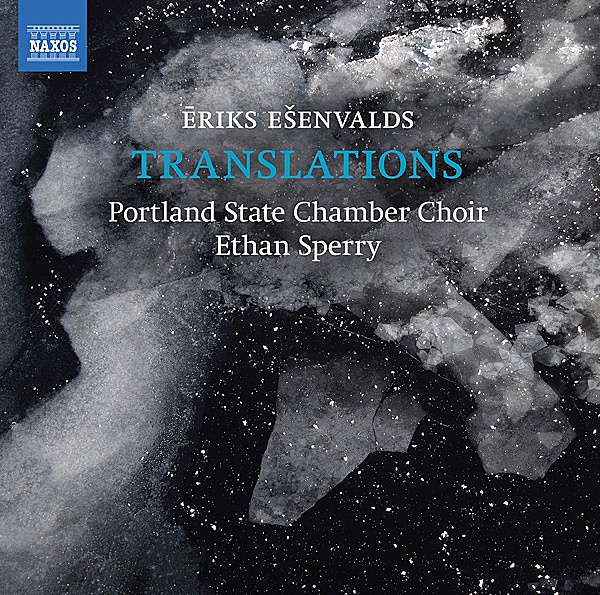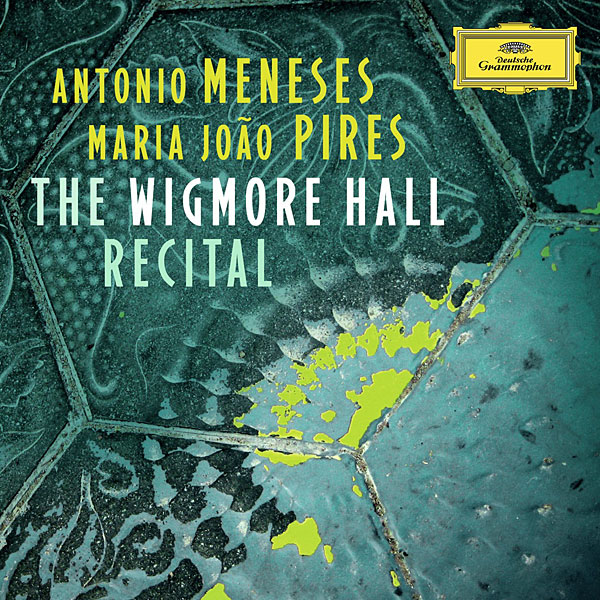| Columns Retired Columns & Blogs |
Na! shame, it could have been, they missed out on DAB/+ and Internet Radio tuners.
Cheers George

I listened to the same tracks with the NAD M10 driving the KEFs. I heard few significant differences from playback with the C 3050 LE: a slightly deeper soundstage and perhaps more mellow highs. Though the latter's overall presentation was less impressive—seemingly more restricted in dynamics—than I am used to with my usual combination of the MBL N31 DAC and Parasound Halo JC 1+ monoblocks, those components together cost 19 times the price of the NAD. But it is fair to note that with the C 3050 LE, I was more aware that the LS50s are small speakers.
It was therefore time to try listening to the speaker's low-frequency balance with Dirac operating. It would be an exaggeration to write that this made the speakers sound full-range, but the mid-bass region now sounded in good balance with the upper bass and lower midrange. Jerome Harris's soft-toned acoustic bass guitar on "The Mooche" now provided the essential support for the alto saxophone and trombone soloists, and Billy Drummond's kickdrum lit up the Blue Heaven Studio acoustic more effectively. The driving rhythm on "The Beat Goes On" had an enhanced sense of urgency.
I have found with the KEFs driven by the NAD M10 that on Evelina Vorontsova's performance of Rachmaninoff 's second Piano Sonata (16/44.1 ALAC ripped from CD, STH Quality Classics CD 1416092), the piano's left-hand register is sensitive to too much boost in the upper bass. The C 3050 LE with Dirac correction sounded just right with this recording, and I continued my critical listening with Dirac on.

I then compared the sound of CD data fed to the NAD's optical digital input with the analog output of my Ayre C-5xeMP fed to the amplifier's line input. The first CD I played was one of my 2015 Records 2 Die 4, The Wigmore Hall Recital (DG 479 0965) by Antônio Meneses. On Meneses's performance of Schubert's Arpeggione Sonata, accompanied by pianist Maria João Pires, his cello sounded full-bodied with both inputs—there didn't appear to be a level difference—but its upper register was slightly reedier with the line input. A touch more of the hall acoustic was audible with the TosLink data but slightly less weight to the piano's lower register.
I followed the Schubert with Sasha Matson's latest project, Molto Molto, an album of three classical-themed works including a piano concerto and a symphony scored for a traditional jazz big band. (As I write this, the album is awaiting release due to delays in having the LPs pressed.) I played the CD with the Ayre, comparing the sound of the NAD's analog and optical inputs with the 24/96 master files, streaming the latter with BluOS. The difference between the C 3050 LE's line and optical inputs was the same as with the Schubert: slightly more space around the instruments with the digital data, slightly more low-frequency weight via the analog input. The TosLink signal was closest to the sound of the high-rez files.

It is impossible to know how much these differences were due to the NAD's redigitized analog input or to the Ayre's own D/A stage. But the C 3050 LE's line input offers good quality, and the digitization allows analog source signals to benefit from the DSP.
Unfortunately, I was not able to audition the C 3050 LE's moving magnet–compatible phono stage. But as you can read in the Measurements sidebar, it offers accurate RIAA equalization, low noise and distortion, and high overload margins.
I finished my critical listening to the NAD amplifier with headphones, specifically my low-impedance Audeze LCD-Xes and high-impedance Sennheiser HD-650s. (I remembered to disable the Dirac EQ, but I encountered one minor annoyance: With the headphone jack positioned right below the standby switch, I kept turning the amplifier off when plugging in a pair of headphones.) Though there was an engrossing presentation of detail playing the Translations master files with the Audeze 'phones—the precise placement of the singers in the title track, the articulation of the rolled bass drum in "Vineta," the unambiguous presentation of the off-stage viola in "In Paradisum"—the C 3050 LE sounded more relaxed with the Sennheisers. I could listen longer.

Conclusions
Toward the end of the review period, I heard the sad news that David Crosby had died. I spent the next evening binging on the first Crosby, Stills & Nash album and Crosby's first solo album, If I Could Only Remember My Name, streaming the audio from Qobuz with BluOS. The relatively inexpensive combination of the NAD driving the Dirac-optimized KEF LS50s was compelling. (At $2235 for the 10' pair, the AudioQuest speaker cables were more expensive than either the amplifier or the speakers.) This combination took me deep into the music. Yes, considerably more expensive systems could play louder, deeper, and clearer, with a greater sense of scale, but what I heard that evening didn't leave me wishing for more.
NAD's C 3050 LE is an excellent example of a modern, full-featured, solid state integrated amplifier. But, as with the M10, it is its integration with Dirac low-frequency room equalization that enables it to offer pretty much everything audiophiles and music lovers need to enjoy their music at a competitive price.

Na! shame, it could have been, they missed out on DAB/+ and Internet Radio tuners.
Cheers George

I blame NAD, and the 3020 that I bought as a young lad, for a lifelong, impossible to shake addiction to great sounding audio at reasonable prices.

I have owned numerous of them over the years, both new and pre-loved. At present I have an M33 powering my main system, a C388 with a BluOS module in my bedroom and a C316BEE with a NODE next to me on my desktop. During the pandemic I tried out a Cambridge EVO150, returned it, then a Hifi Rose RS520 and I returned that as well, and finally settled on the M33, returning to the BluOS ecosystem where I belong.

More saying wifi by it's self to your home internet, for costless music 24hrs a day. Stations like Radio Paradise and Mother Earth's HD stream.
Cheers George

TuneIn--literally thousands of free music and talk stations to choose from and save as faves...for free

But looks like it doesn't do Mother Earth's Radio 3 different HD genres "FLAC 2800kbps/96kHz" which is what I want.
https://support.bluos.net/hc/en-us/articles/360000199908-What-Music-Serv...
Cheers George

Those bile-yellow VU meters don't match or complement the black front panel, and neither the black front panel nor the yellow VU meters complement that oddly-colored, artificial-looking wood grain on the top. This thing is impossibly ugly.

True. But that is one of the reasons it doesn’t cost an arm and a leg: no money was spent its looks. Given its price it is forgivable. I have seen hideously expensive gear looking like it was made in a shed. Far more objectable.

Certainly if it performed well, I could get used to its looks. But I'm inherently suspicious of anything Class D from NAD after my experience with their M32, which sounded awful.

Hat's off to NAD for styling this component. The parchment gauge rectangles and needles are the perfect nod to classic Japanese electronics and compliment the wood-look case. The smart NAD black recalls decades of all-go, no-show brand identity.
The overall effect is aimed straight at the heart of functional, minimalist, classic, table-top audio, a place NAD will be especially at home. Nice work, boys. More.

Must be easy to review gear at Stereophile these days. This is the second time Atkinson has just skipped reviewing the phono stage of an expensive item despite having a turntable -- and if there's something wrong with his turntable he certainly has access to others.

Why is everything so expensive now? In 2001, I got a bonus check, I treated my wife to some jewelery and treated myself to a NAD C340 int. amp & matching CD player ($300 each). I still use the C340, the CD player lasted 10 years of heavy use before it started skipping, no complaints. Last Black Friday I purchased an Echo Link ($160), Schiit Modi DAC ($130), Fire tablet ($40) for control & stream uncompressed from Amazon Music Unlimited ($90/year). I'm having a ball catching up on music I don't have on CD. These multi kilobuck integrateds are an expensive solution to a simple problem!

can someone please verify if there are multiple models of this unit. there are different power output meters (or VU meters per john). one variation shows wattage up to 60 watts, and another show meters up to 150 watts. what gives?

The Dirac looks very interesting. That's something you won't find elsewhere in one box without having to mess without a cluster of add ons.
The retro look is decent... but did NAD ever make an amp with vinyl wrapped wood grain like this before? Reminds me of cheap receivers from back in the day. They may have missed the mark on that one. Take a look at new Leaks in comparison.